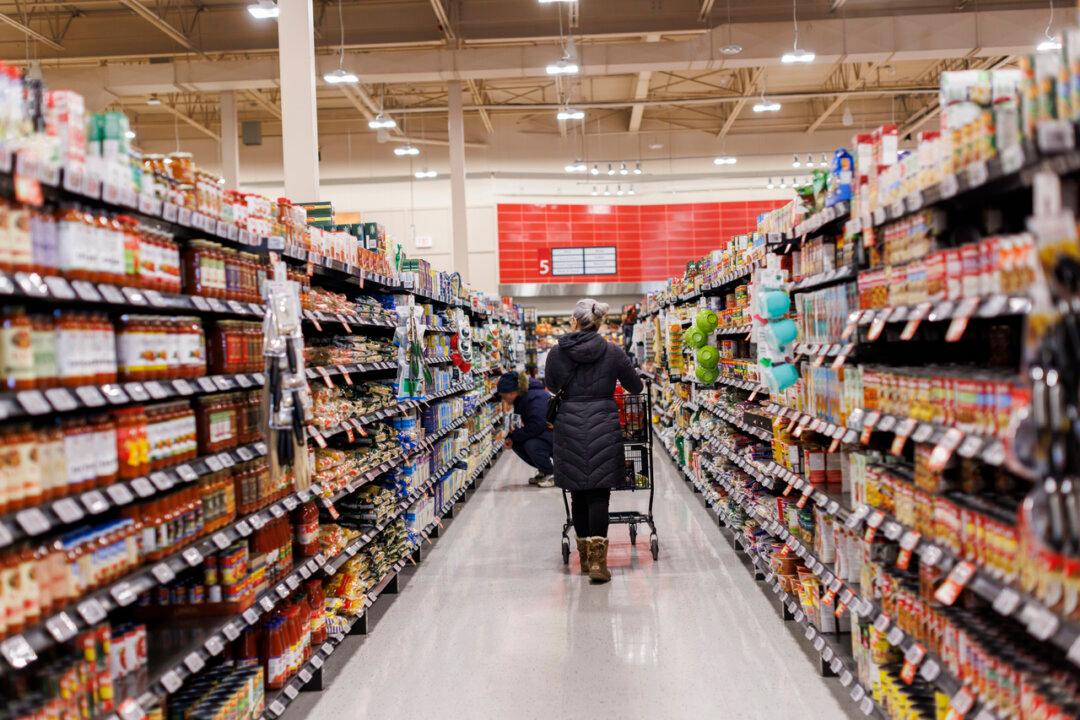Canada’s consumer price index (CPI) rose just 2 percent from August 2023 to August 2024, the slowest increase in overall prices Canadians have seen in over three years, says Statistics Canada.
Lower gasoline prices are partly responsible for the deceleration in inflation, StatCan said in a Sept. 17 release.





